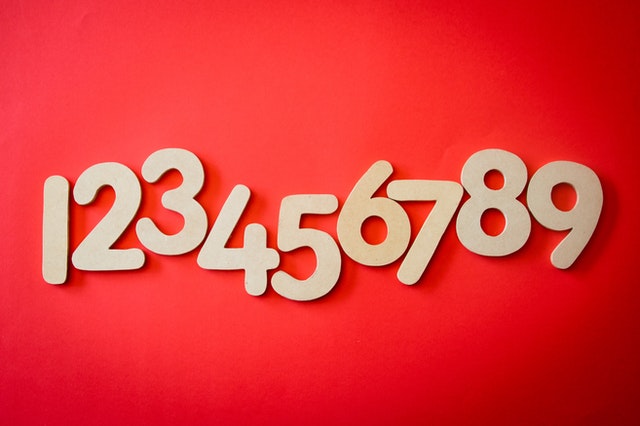Here’s our list of 9 Grant Application Mistakes and how to stop making them.
Feedback from our discussions with funders and observations through our grants training sessions tells us there are a number of common mistakes made over and over again in grant applications:
1 Ensure you are using the same name for your project throughout the application and any attachments. Consistency assists with clarity!
2 There is still confusion about the difference between Outputs (also sometimes called activities) and Outcomes. If you are answering a question about the outputs of your project – stick to the Deliverables, not the effects they have on the beneficiaries: these are outcomes.
Example of Deliverables
Building a new kitchen
Installing a disability friendly playground
Running a camp for x number of sick children
It’s vital to your organisation’s grants success that your project staff and grant writer know the difference between Outputs, Outcomes and Deliverables.
3 Projected outputs and outcomes for your project need to be specific and measurable. If your project goal is to increase community cohesion – how will you measure the increase in community cohesion? Can you use specific words like:
“An increase in community cohesion measured by a 2% decrease in local break and enters, 200% increase in participation in the following community activities” ?
4 Many risk and mitigation strategies tend to focus on the risk of not getting funding. This is not a well thought out risk and mitigation plan. Everyone faces competition in funding, it’s a given. In fact it’s better not to list it as a risk at all and focus on the specifics of your project.
- Are there financial risks?
- Contingencies?
- Any OH&S risks?
- Is the project to a large extent reliant on any one staff member?
- What if they leave?
An answer with a focus on the specific risks to your organisation from your project, rather than general risks applicable to the sector shows your organisation is a well-informed, engaged and responsible entity.
5 Don’t ask for more than the maximum grant amount. If the funder states a maximum they grant to each organisation, you must show respect for that decision. Applying for more will put you in poor standing with the funder and render you immediately ineligible.
6 Read the guidelines, check your eligibility, follow the guidelines. It’s easy to get caught up in the writing, but you need to periodically re-check the guidelines and double check again before you submit.
7 Unless the funder asks a specific question about the organisation as a whole, most questions relate to the project you seek to undertake with them as funding partner. Your answers and attachments then, need to focus specifically on the project at hand.
Specifics are key to grant writing! Only include additional information on your whole of organisation operations if you are asked for it.
8 Don’t apply before you’ve checked your history with the funder. Have they funded you before? Yes? Have all funder reports been delivered on time? If not, you need to get in touch with your funder to apologise, discuss and rebuild the relationship.
9 If you do have a change of staff in the grants team, double check which pending applications list that staff member’s name as primary contact. Don’t let something as basic as a lost email stand between you and grants success!
There’s our 9 Grant Application Mistakes and how to stop making them. Like more help? Check out our webinars and workshops Training
